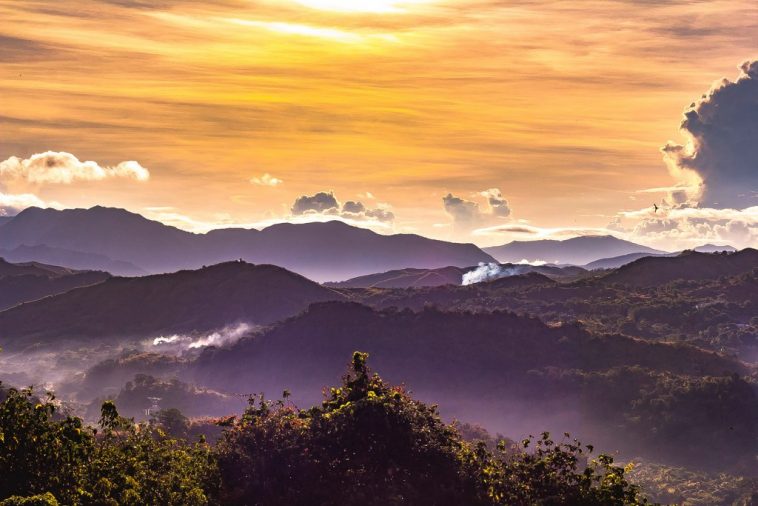The Philippines has seen an uptick in mountaineers – people who hike or climb mountains for leisure – in recent years. As urban life grows more hectic and fast-paced, more Pinoys are taking to the mountains for a breath of fresh air, tranquility, and newfound thrill.
What is mountaineering? Is it the same with trekking and hiking?
People often interchange hiking with trekking and mountaineering. However, their technical definitions actually vary. Hiking is the easiest and only involves walking on a trail. You can hike desserts, flat terrain, or hills. Hiking does not require technical skills or mountain equipment.
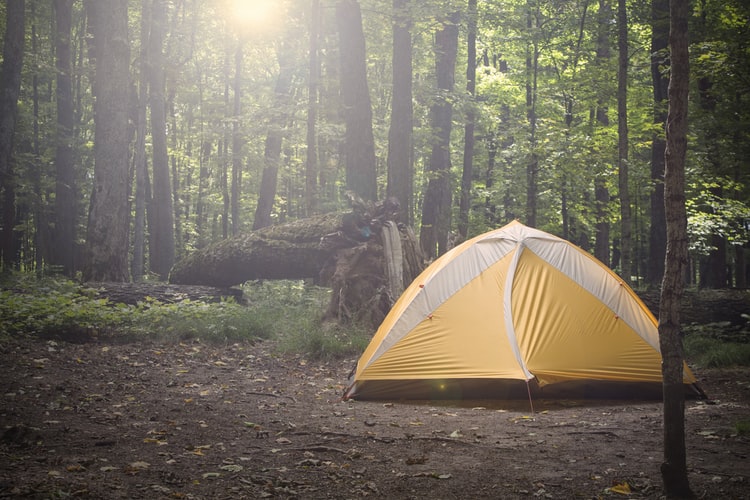
Trekking, just like hiking, does not entail special equipment or technical skills. The only difference is that treks are usually longer than hikes, unfolding in a span of days or weeks and on more rugged terrain.
Mountaineering, on the other hand, is a sport that requires technical and outdoor skills like proper use of ropes and compass, or in alpine mountains, the use of an ice ax. Mountaineering means you will climb and walk to the summit (or at least attempt to do so), which means you also need a certain level of fitness or stamina compared to hiking or trekking.
How to begin
For those who are new to mountaineering, a Basic Mountaineering Course, or BMC can be of great help. Plenty of mountaineering clubs offer these in as a full-day course in the outdoors, although a few others require months of immersion and training in the mountains for certification.
A BMC can be helpful in equipping you with the basics of mountaineering, including mountaineering etiquette, Leave No Trace (LNT) principles, first-aid, knotting, survival, tent pitching, and other outdoor skills.
Hiking vs trekking vs climbing
Choosing the type of mountain
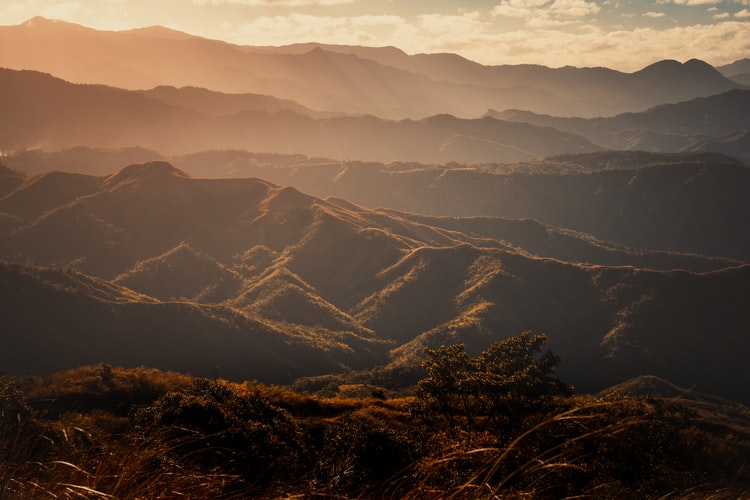
When choosing your first mountain, it’s always helpful to know its characteristics.
Classification
In the Philippines, local mountaineers classify mountains primarily as major or minor hikes. Minor hikes are mountains that can be done on a daytrip. Mountains where you are required to spend one day or more to complete the ascent and descent are called major hikes. Note that the term minor or major does not pertain to difficulty. Although a lot of moderate to advanced hikes are considered major hikes, there are also some that only fall into minor hikes (example: Mt. Makiling Traverse). Likewise, a mountain may be fit for beginner level, but be classified as a major hike (example: Mt. Pulag’s Ambangeg trail)
Trail class
The trail is an international scale used anywhere in the world. Ranked from 1-6, with 1 being the easiest, and 6 being the most technical, the scale fills you in on what to expect in the trail and what skills you need.
Trail class 1: Walking/ stroll
Trail class 2: Hiking on a trail or rugged terrain
Tral class 3: Scrambling
Trail class 4: Climbing cliffs; use of rope
Trail class 5: Climbing with use of free hands
Trail class 6: Climbing with the use of artificial methods (e.g. ice ax); extremely difficult trail
Difficulty
Normally, mountains are classified according to their suitability to climbers: beginner, intermediate, and advanced.
If you’ve been doing some reading, you might have also encountered a difficulty scale popularized by local mountain climber and blogger Gideon Lasco, who founded Pinoy Mountaineer. He uses a difficulty scale of 1-9, with 1 being very easy and 9 being extremely difficult and technical. Difficulty however, is subjective, and as such, referring to the trail class can be more than helpful in preparing.
Considerations before you go
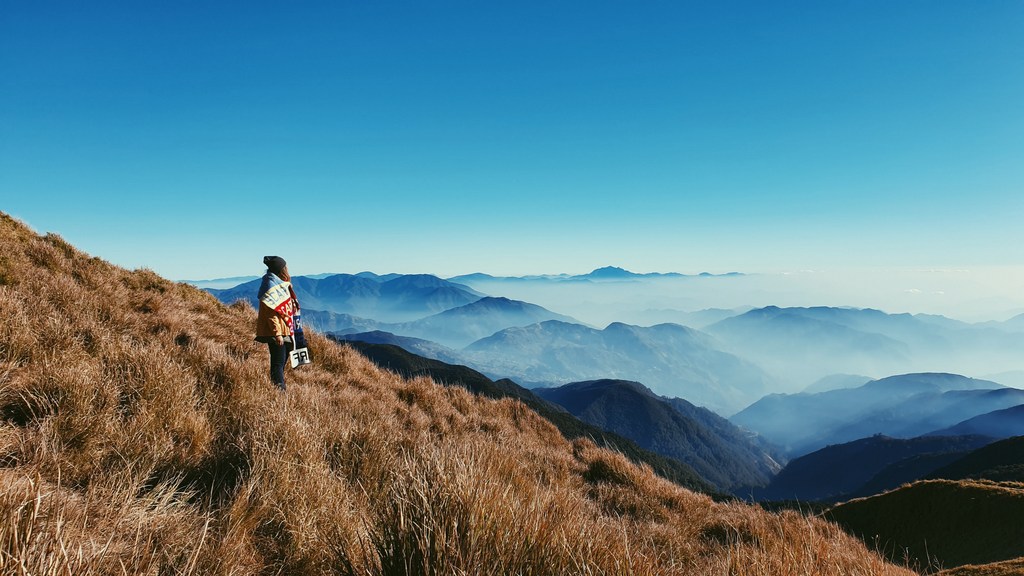
- Guides
A guide is essential whenever tackling mountains, especially if you’re a beginner and especially if you are alone. Never go hiking or mountain climbing alone. Climbing with a buddy or a guide ensures that you are safe and can easily get help should anything untoward happen.
- Water source
Be sure to research ahead of time if the trail includes passing by a water source. Normally, you’d want to bring about 1-2 liters of water for dayhikes, but if it’s going to be a long hike on an open trail (trail with minimal to no tree cover), it would be best to bring 3L. If you’re passing through a water source (usually a stream or river), you can adjust the volume accordingly. Be sure to bring enough depending on your personal consumption.
- Wildlife
You’re going to a mountain, so you should expect to meet creatures you don’t normally encounter. These include snakes, leeches (limatik), forest rats, and others. If you encounter one, don’t panic and definitely do not kill any. Simply inform your guide and move on your way, making sure not to distract them. Remember: The mountain is their home. We are simply visitors.
Similarly, you might also encounter local flora that may cause allergic reactions or may be poisonous, or which may lead to swelling, inflammation, and pain. These include the rattan, lipa, and poison ivy. Keep your eye on the trail, avoid picking flowers and leaves, and don’t hold on to anything you are not familiar with.
- Clothing
Generally you should avoid clothes made of cotton and denim. These are heavy (especially when wet), dry poorly, and are not overall suitable for mountains. Use lightweight, breathable clothes that wick away moisture. You should also bring a poncho or raincoat for protection (prolonged exposure to cold and being wet puts you at risk for hypothermia), especially if you’re climbing during the rainy months and you’re going to a high-altitude mountain. Mountains with higher altitudes have a micro climate. It might be sunny at the base, but rainy as you go along.
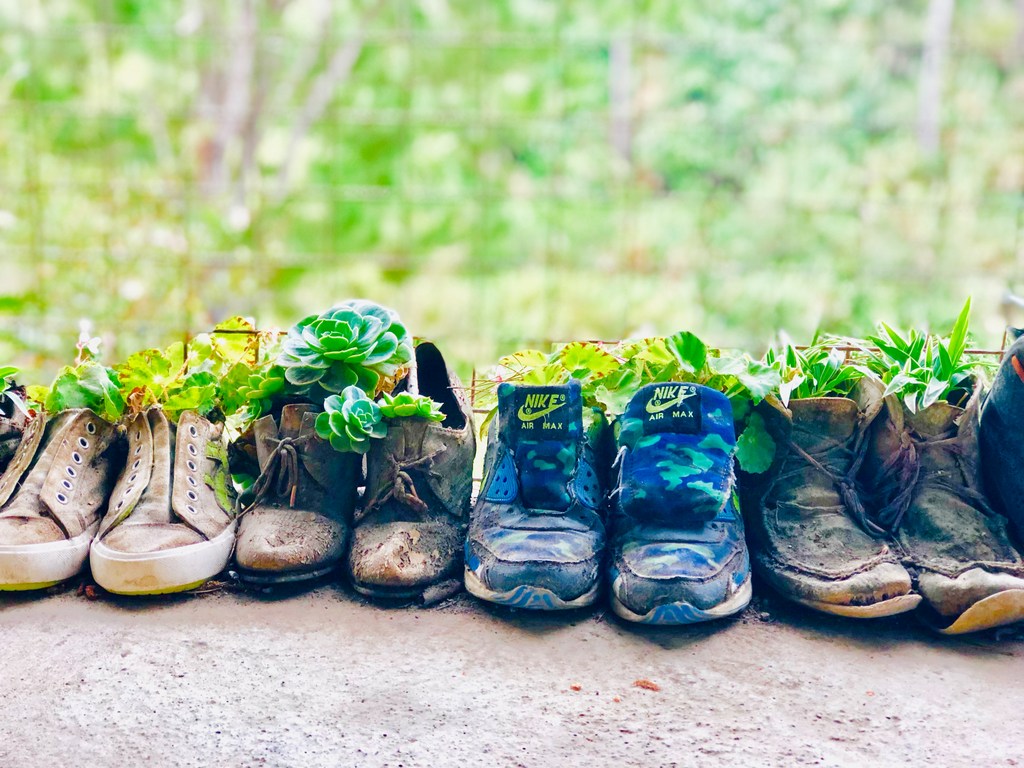
- Footwear
Hiking shoes that have good traction are ideal for hiking. You don’t need waterproof ones unless you are hiking during the rainy season or hiking a fickle mountain known for its micro climate.
- Food
If you’re doing a minor hike, bring power-boosting food such as raisins, banana, peanuts, and chocolates. For multi-day hikes or climbs, it is ideal to bring easy-to-prepare food that need minimal to no water. These include noodles or canned goods.



